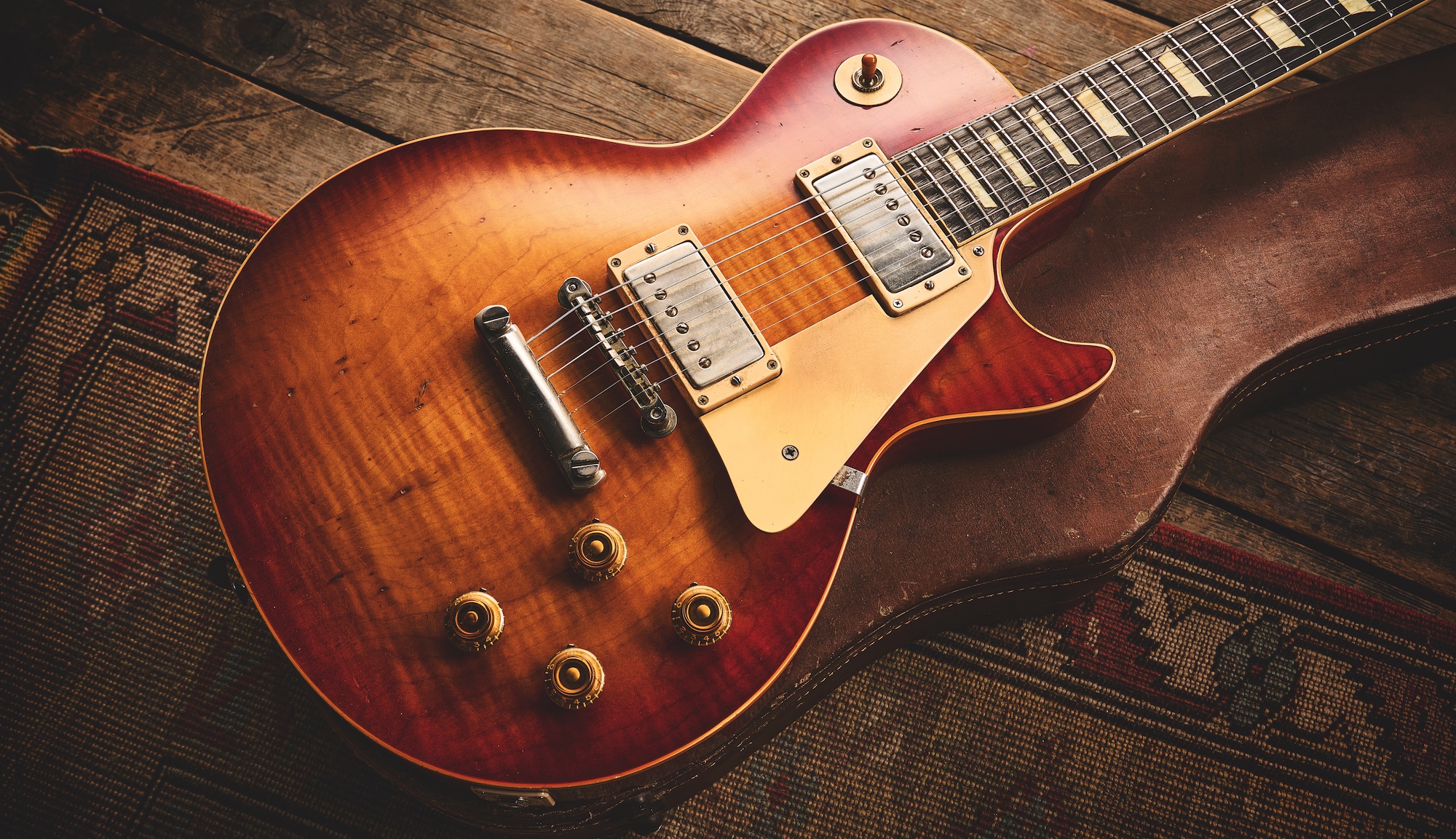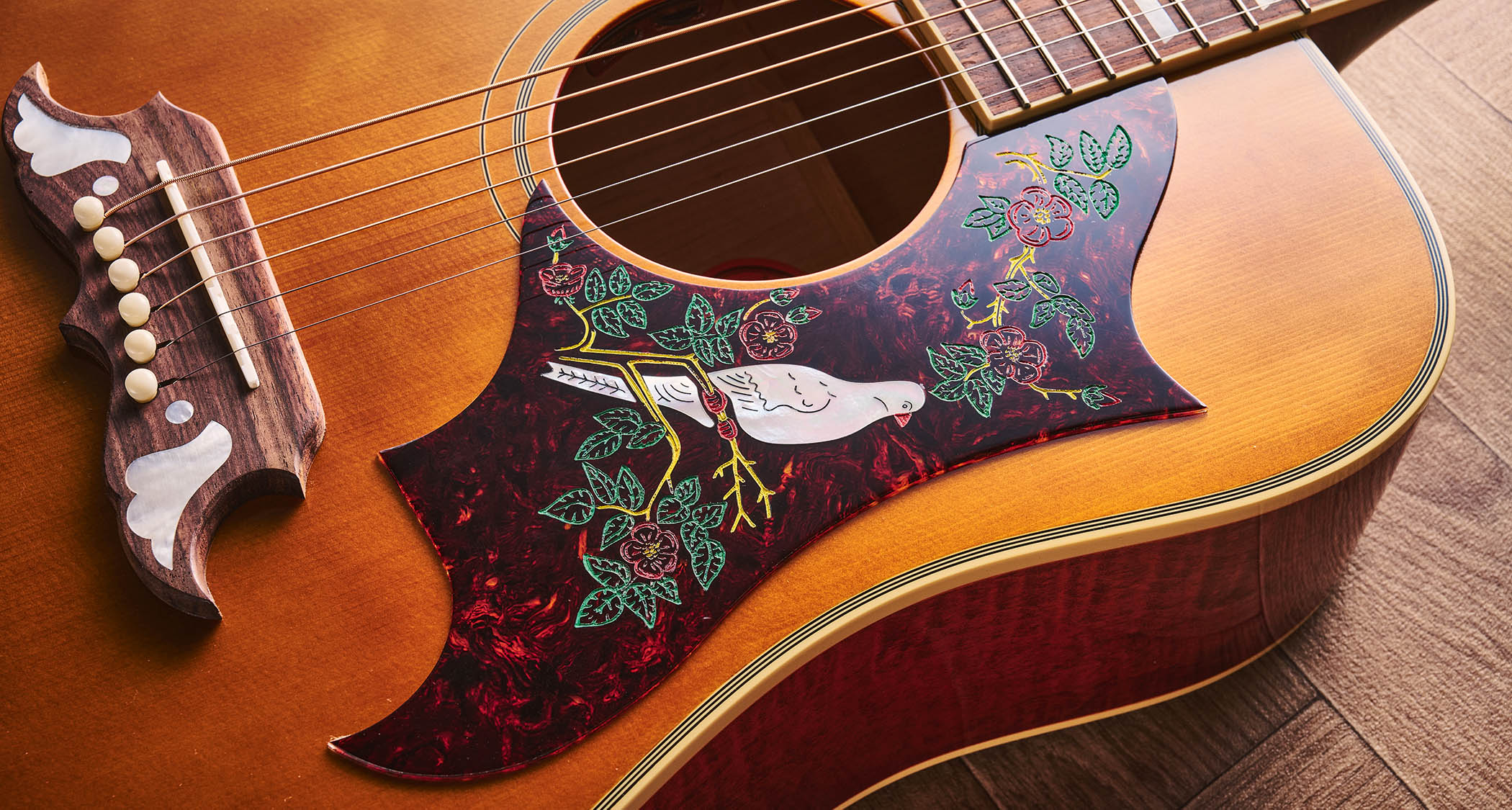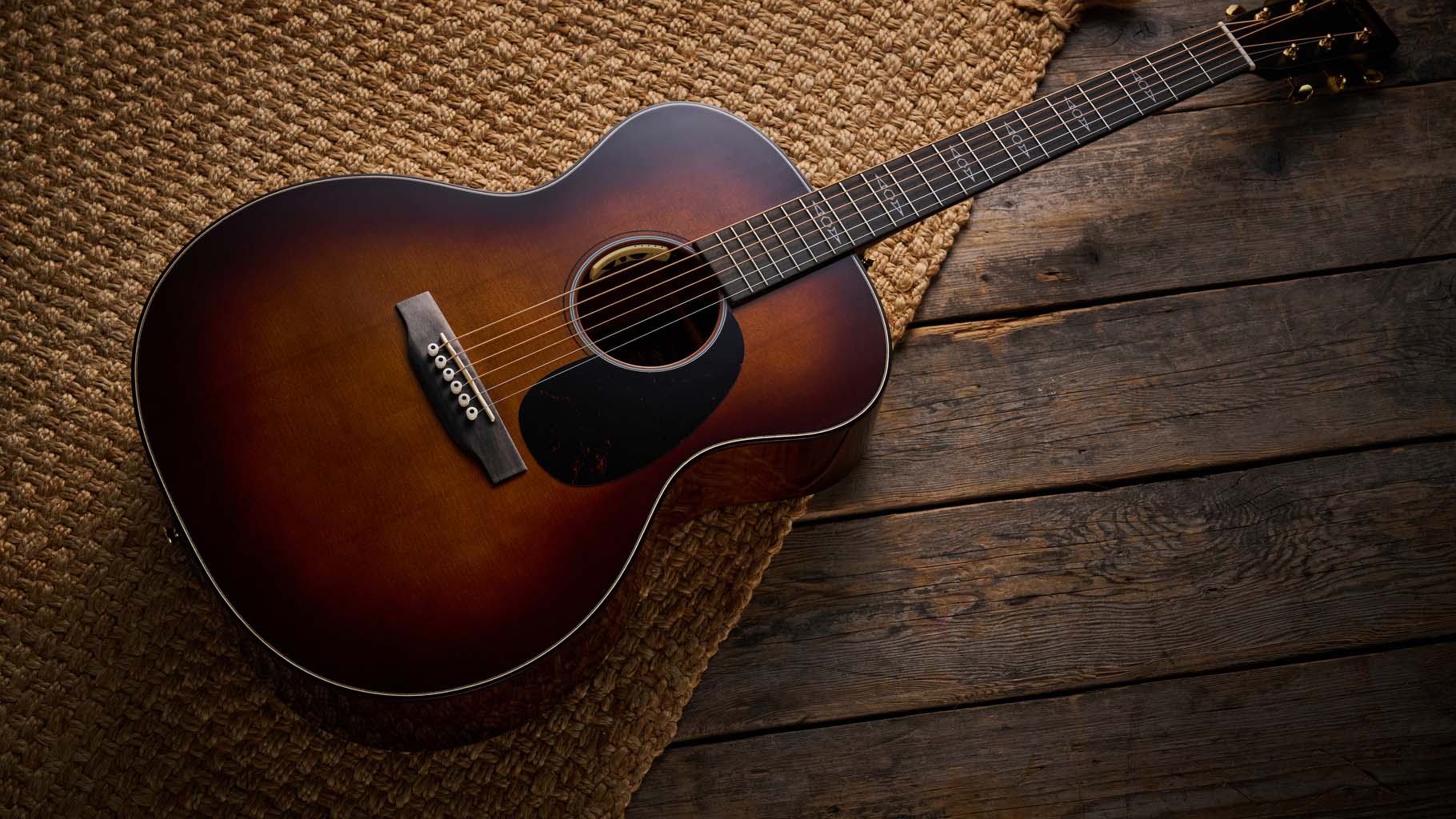“When you strip it down to the essentials, I believe it mostly comes down to the wood and the strings”: Why do some guitars sustain better than others? It’s complicated
With some help from Banker Guitars’ Matt Hughes and SonoTone Strings’ PK Pandy, we unpack the mysteries of sustain – and why it differs from resonance and volume

One of the first things I do when picking up a guitar is play it unplugged. Before I even think about plugging into an amp, I want to feel how the wood responds, hear how long a note rings out and sense whether the guitar has that certain spark, like it’s alive in my hands.
In my experience, natural sustain and resonance begins with the guitar itself, not the gear it’s plugged into. If a guitar doesn’t speak to me acoustically, I’ll probably move on to something else.
Sustain and resonance are some of the most sought-after qualities in a guitar, giving the player more expressive control, dynamics and tonal richness.
Simply put, sustain is how long a string vibrates after being plucked. Resonance refers to how freely that vibration travels through the body and neck. Together, they shape the instrument’s voice. While many players chase sustain through pickups, amps and pedals, most of the magic (or lack thereof) happens before your signal ever hits a cable.
So why do some guitars seem to sustain and resonate better than others? The short answer is: it’s complicated. Sustain is the result of many interwoven factors including wood type, construction quality, hardware, setup and even the strings themselves. But when you strip it down to the essentials, I believe it mostly comes down to the wood and the strings.
Each type of wood influences tone, sustain and resonance in its own distinctive way. Mahogany, for example, is dense and warm with excellent sustain. Ash is brighter, with good snap and moderate sustain. Rosewood is lush and harmonically rich, with deep bass and long note decay. But wood choice alone doesn’t tell the whole story. How a guitar is designed and assembled matters just as much.

A guitar’s body plays a major role in how it sustains. Acoustic guitars, with their hollow bodies, are built for projection and resonance. They’re often louder than electrics, but because their tops vibrate so freely, much of the string’s energy is transferred into the air – so great for volume and projection but not for sustain.
All the latest guitar news, interviews, lessons, reviews, deals and more, direct to your inbox!
Solidbody guitars preserve string energy; their dense, rigid construction minimises energy loss and allows notes to ring out longer. Semi-hollowbody guitars strike a middle ground, blending acoustic resonance with the sustain of a solid core.
Sustainability
There’s a common misconception that acoustic guitars have better sustain than solidbodies because they are typically louder.
Volume and sustain are often mistaken for each other, but they’re very different things. I’ve played cheap acoustics that were loud and projected well, but natural sustain was short and notes died quickly.

Meanwhile, a well-constructed solidbody, even unplugged, lets a note bloom and hang in the air. When a string is plucked on an acoustic guitar, much of its vibrational energy is quickly transferred to the top (soundboard), which moves the air inside the body and pushes sound through the soundhole. Much of the string’s energy is lost in the process, resulting in shorter sustain.
Digging deeper into the topic of sustain, I spoke with Matt Hughes, founder of Banker Guitars, and PK Pandy, founder of SonoTone Strings. Both know a thing or two about chasing great tone at its source.
Hughes told me about building a D-18-style acoustic from sinker mahogany (wood that has been submerged, usually at the bottom of rivers or lakes for decades or even centuries): “I didn’t expect much at first, but when I strung it up, man, that guitar just sang. The minerals it absorbed changed the way it vibrates. It’s got warmth, clarity and sustain that it shouldn’t have, but it does.”

Environmental factors such as exposure to water, soil and years of natural ageing can dramatically alter a wood’s density, ultimately affecting resonance and how it sustains.
Good wood lays the foundation, but construction and attention to detail are just as critical. For example, Hughes swears by constructing guitars with hide glue for tight neck pockets. “Hide glue actually shrinks as it dries, pulling the pieces tighter together,” he tells me. “That’s part of the magic.”
He also emphasised how setup details can make or break sustain. “Nuts and saddles should act almost like knife edges with minimal contact. A well-cut nut with the right break angle helps preserve string vibration. A well-built guitar lets the string vibrate unimpeded for as long as possible.”
Strings are the unsung heroes of sustain. SonoTone’s PK Pandy spent over three years refining materials and winding techniques to create strings that increase sustain and feel better under the fingers.
Pandy adds: “It’s all about purity of the metal and the tightness of the winding. We use a special grade of stainless steel for our string cores and a proprietary process to make them. Most companies won’t do this because it’s too expensive, but we do it because it works.”
He adds that a string’s core shape matters, too: “Round-core and hex-core strings produce different sine waves so they yield different fundamental tones, which also influences resonance and sustain depending on the guitar.”
Although we’ve only scratched the surface, you should now have a better sense of what really shapes a guitar’s fundamental ability to sustain. Natural sustain varies due to wood density, construction quality, materials and strings.
Guitars with well-seasoned tonewoods, solid neck joints and minimal energy loss allow strings to vibrate longer. A well-built guitar lets sound resonate freely, while poor materials or sloppy construction absorb vibration and kill sustain prematurely.
In the end, a truly resonant guitar with good sustain feels alive. It breathes with you and inspires you. The next time you’re checking out a guitar, play it unplugged and listen. If notes hang in the air and come alive under your fingers, chances are you found a good one.
- This article first appeared in Guitarist. Subscribe and save.
Charlie Wilkins, known as “Amp Dude,” is a seasoned guitarist and music journalist with a lifelong passion for gear and especially amplifiers. He has a degree in Audio Engineering and blends technical expertise with a player’s insight to deliver engaging coverage of the guitar world. A regular contributor to top publications, Charlie has interviewed icons like Steve Stevens, Jared James Nichols, and Alex Lifeson, as well as guitar and amp builders shaping the future of tone. Charlie has played everything from thrash metal to indie rock and blues to R&B, but gravitates toward anything soulful, always chasing the sounds that move people.
You must confirm your public display name before commenting
Please logout and then login again, you will then be prompted to enter your display name.



